What is Numismatics? (The Simple Guide)
01/09/2025Daniel Fisher
Free & fully insured UK Delivery. Learn more
Secure & flexible payments. Learn more

Buyback Guarantee Learn more
Numismatics isn’t a word many people will be familiar with. Perhaps you’ve heard in a pub quiz “What do you call a coin collector?”. But the term refers to a steadily growing group of people who are totally fascinated by money, but not with the common focus of simply accumulating the highest quantity.
More accurately, numismatics is the study of money in all its forms – coins, banknotes, and items connected with money such as tokens and medals. The term comes from the Greek nomisma (coin). Today, numismatics blends history, design, economics, and metallurgy, exploring how currency is made, used, and preserved.
A Numismatist may:

Terminology frequently manages to add confusion to a subject, and the world of numismatics is no different. While you can be both a Coin Collector and a Numismatist, they are not identical.
Think of Coin Collecting as what you hold; Numismatics as what you learn.
Numismatics is a broad and fascinating field that goes far beyond simply collecting coins. It covers every form of currency, from the coins we use in everyday transactions to historic banknotes, tokens, and even financial documents.
Each area offers its own insights into history, craftsmanship, and economics, giving collectors and researchers a wide range of specialisms to explore. Below, we outline the main branches of numismatics and what makes each unique.
Coins are the backbone of numismatics. They vary widely by purpose, design, rarity, and composition. Below are the key categories that collectors and numismatists typically study:
Coins intended for everyday transactions. These include pennies, pounds, and other denominations produced in large quantities. Collectors often focus on key dates, low mintages, or withdrawn issues. For example, the UK’s 2009 Kew Gardens 50p is famous for its rarity in circulation.
Special issues marking events, anniversaries, or cultural milestones. In the UK, the Royal Mint regularly releases commemoratives, such as the Beatrix Potter 50p series or the 2012 London Olympics coins. These appeal both to hobbyists and thematic collectors.
Within the world of gold coins, the Royal Mint’s gold £5 coins tend to be the most commonly used to celebrate certain events and history. Essentially a quintuple Sovereign coin, the £5 gold coins have featured designs commemorating diverse occasions such as royal weddings, the millennium, famous battles, and anniversaries of significant deaths.

Coins struck in precious metals such as gold, silver, or platinum, valued for their metal content and investment appeal. Famous examples of bullion coins include the Gold Sovereign, the Britannia, and internationally the American Eagle and Canadian Maple Leaf. Bullion coins often trade closer to the spot price of their underlying metal but may carry small premiums.
Physical Gold specialise in helping customers buy and sell bullion coins, whether you’re a numismatist or simply an investor. While they tend to appeal predominantly to investors due to their low premiums, that doesn’t mean they hold little interest to collectors and specialists. As well as the well-known standard mass-produced coins, more limited issue bullion coins exist such which are also tax-free for UK buyers. Some of the best examples are;
Coins that have not entered circulation and therefore show no signs of wear. Unlike proof coins, they are struck with standard dies, but they still retain sharp details and mint lustre. Uncirculated coins often serve as an entry point for new collectors.
Coins with minting mistakes such as double strikes, clipped planchets, or misalignments. These are highly collectible because they represent anomalies in otherwise tightly controlled processes. (See section on “Minting Errors” for more detail.)
Coins from classical civilisations, such as Ancient Greece, Rome, or Byzantium. These are valued not only for rarity but also for their historical significance, often depicting emperors, gods, and mythological themes.

Proof coins are the highest-quality issues, struck with specially polished dies and blanks. They feature mirror-like backgrounds and frosted designs.
Proofs are usually sold in presentation cases with certificates of authenticity, often in very limited mintages. These are prized for their artistry and rarity.
Coins from the Middle Ages through the 18th century. This includes hammered coins, early milled issues, and regional currencies. Collectors study their minting techniques, inscriptions, and role in historical trade.
Coins from the 19th century onwards, often machine-struck and widely available, but with special interest in low-mintage examples, design changes, or limited series. For example, Victorian pennies, Edwardian shillings, or George V Sovereigns.
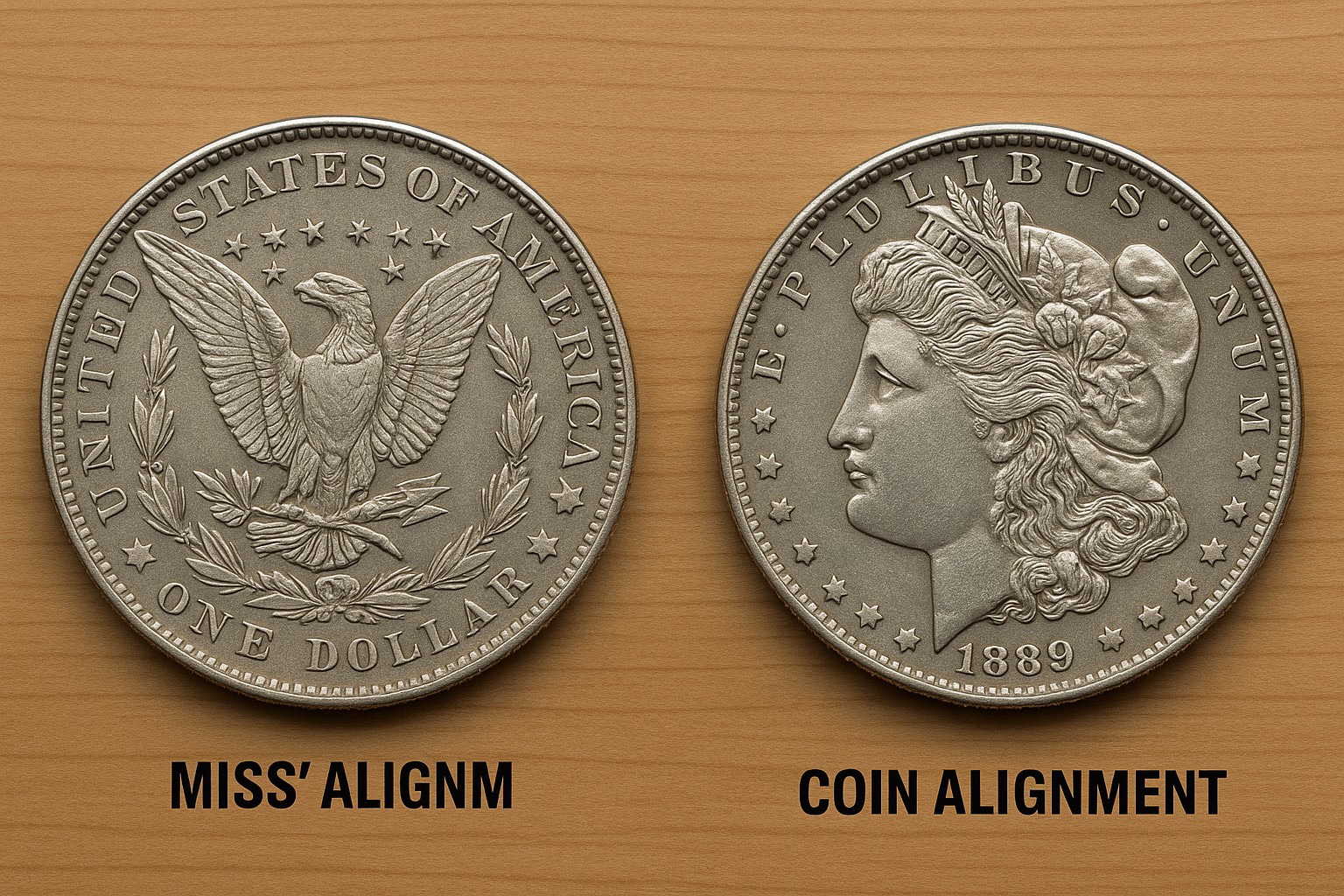
Coin alignment describes the orientation of a coin’s obverse and reverse designs. – Coin Orientation (used in the UK and US): flip vertically and the reverse is upside down. – Medal Orientation (used in many European countries): flip vertically and both sides are upright. This is an important aspect for authentication and understanding minting standards.
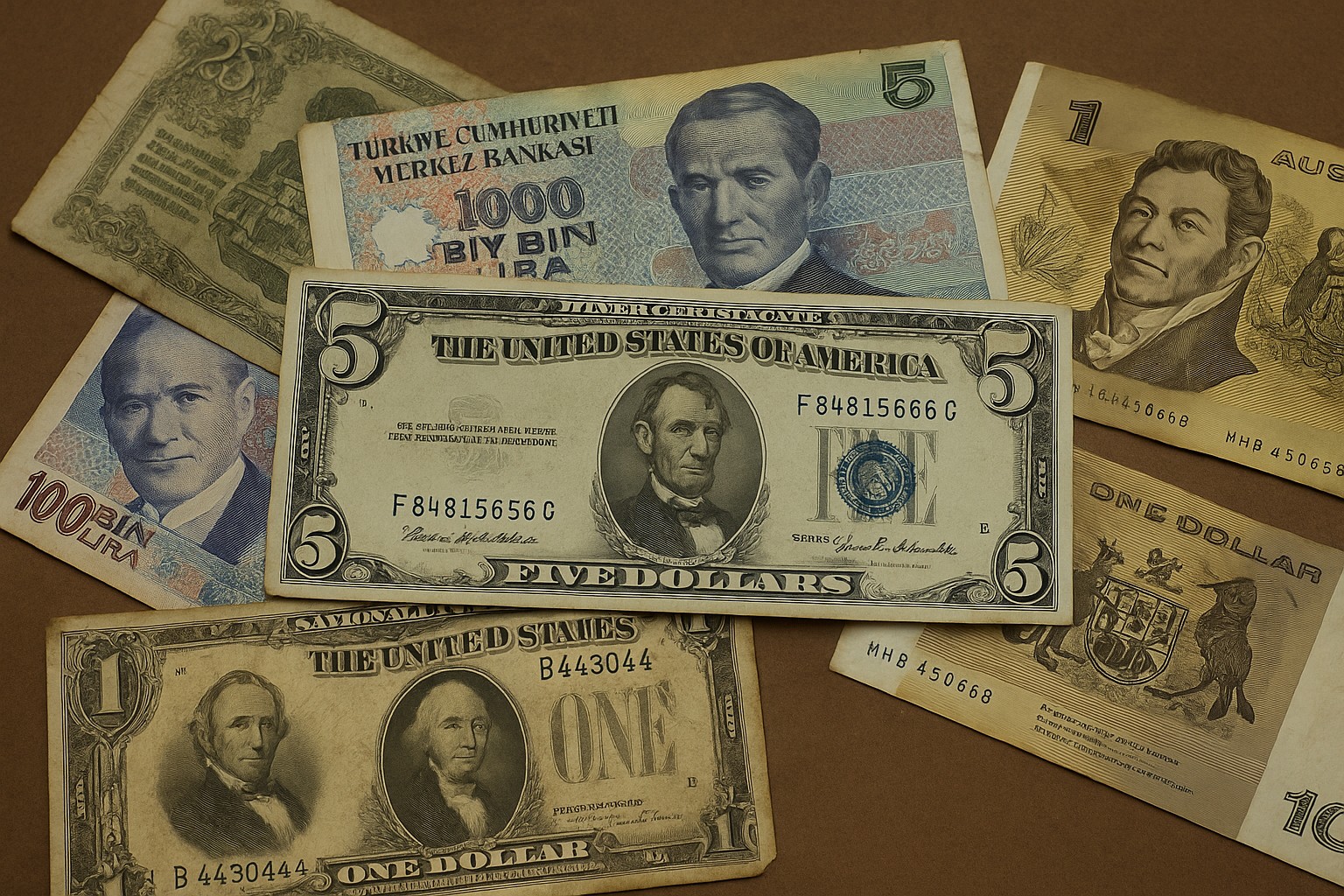
Notaphily is the collecting and study of paper and polymer banknotes. It appeals to collectors who enjoy the artwork, history, and security features that evolve across generations. Some focus on historic issues like hyperinflation notes from the Weimar Republic, while others collect modern polymer notes showcasing advanced anti-counterfeiting designs.
Collectors often look for:
Notaphily bridges art, politics, and economics, offering insights into how nations represent identity and trust through money.
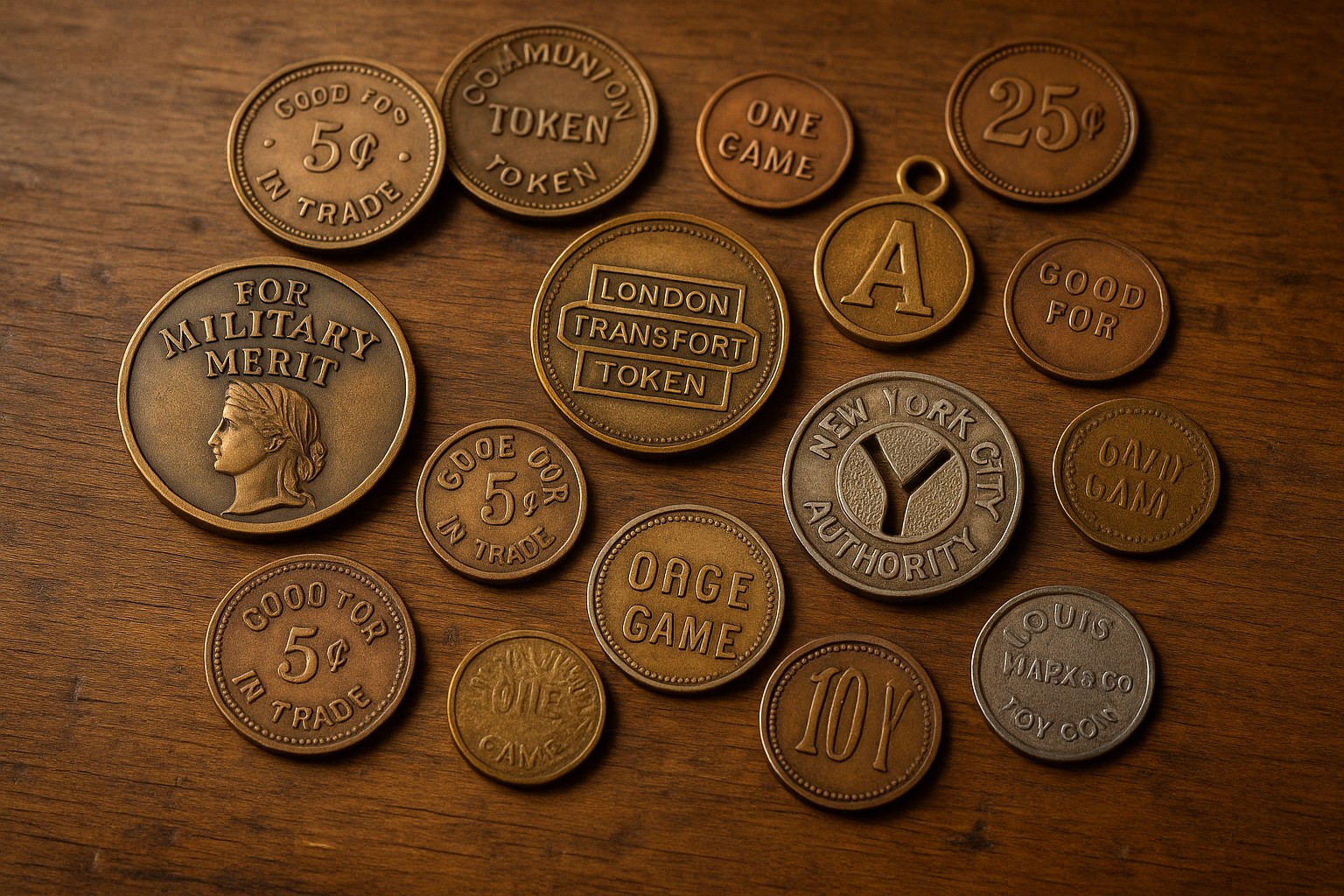
Exonumia refers to items similar to coins but not issued as official currency. This wide field includes tokens, medals, badges, and even toy money. Because exonumia often reflects local culture, it provides a grassroots view of social and economic history.
Examples include:
Exonumia is especially attractive because many items are inexpensive and carry strong historical or personal stories, making it accessible to new collectors.
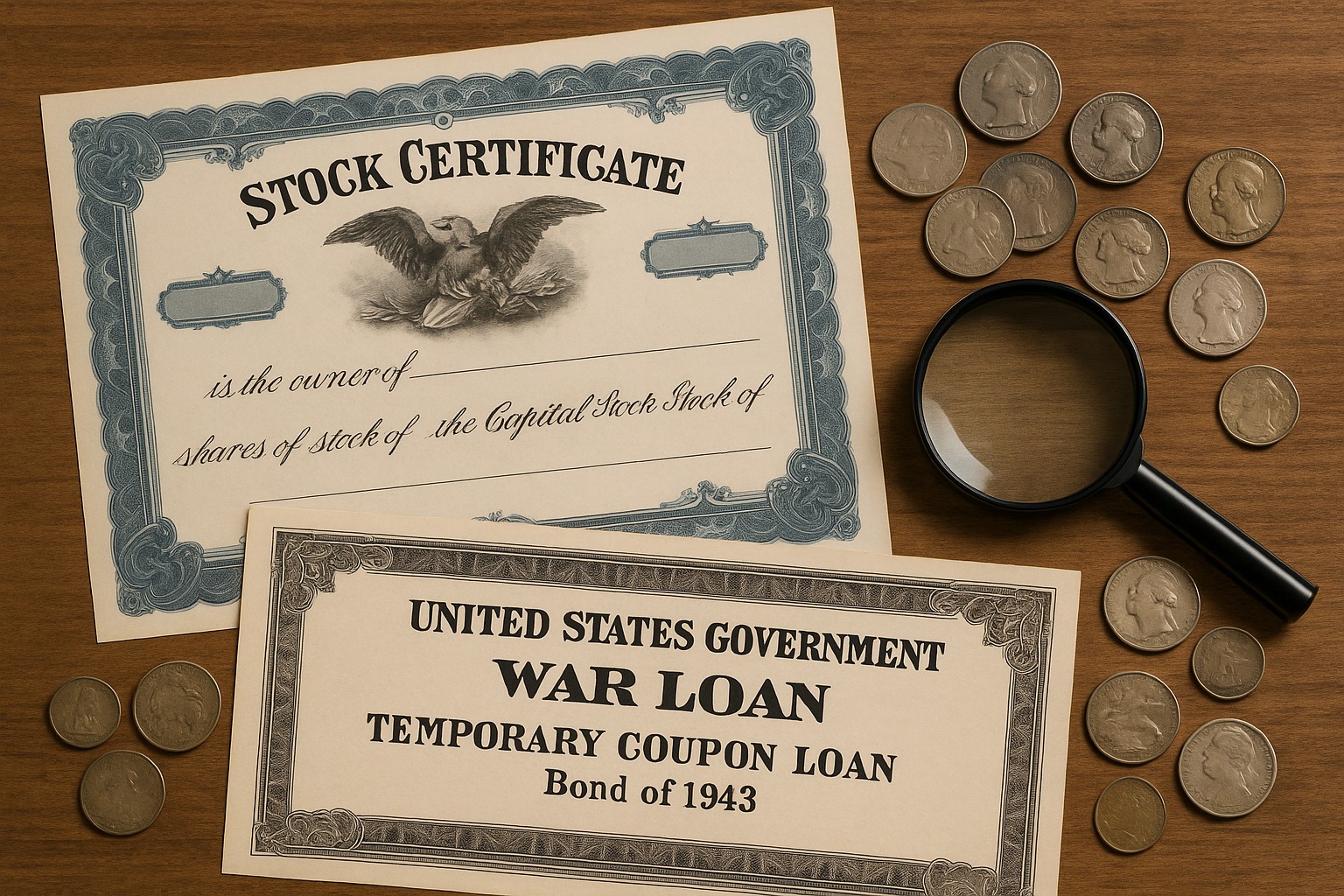
Scripophily is the study and collecting of share and bond certificates. Beyond their financial meaning, these certificates are admired for their intricate engravings, calligraphy, and historic signatures. Collectors may focus on industries such as railways, mining, or banking, or on regions like colonial companies or pre-revolutionary Russia.
Scripophily holds appeal for both historians and investors:
As financial systems move to digital records, physical certificates are becoming rarer, increasing their collectible value and importance for preserving economic history.
Read our insight into Gold vs Bond Investment.
Free ultimate guide for keen precious metals investor
The best starting point in choosing coins to collect is to understand your own objectives and interests. If you have a passion for old coins, there’s little satisfaction in collecting the latest limited issue coins just because you think its value may rise. Combining your own passions with a strategy for selecting the best coins within your desired categories is the optimum approach to numismatics.
Not every coin is worth adding to a collection. While all coins tell a story, certain types stand out for their rarity, beauty, historic value, or precious metal content.
For collectors and investors alike, choosing the right coins is about more than aesthetics – it’s about understanding which issues hold long-term appeal and potential value. Below are some of the most popular and rewarding categories of coins to collect.

The Royal Mint regularly issues commemorative coins celebrating historic events, cultural icons, and royal milestones. These coins appeal to both casual collectors and dedicated numismatists. Royal Mint coins appeal as you’re guaranteed beautifully crafted pieces due to the mint’s long track record and experience. Often, they are packaged in stunning presentation boxes with supporting literature.
Coins with strictly limited mintages are often highly desirable. Their scarcity creates competition among collectors, driving premiums higher over time.
Bullion coins, such as the Gold Sovereign and Britannia, combine investment in precious metals with collectability.
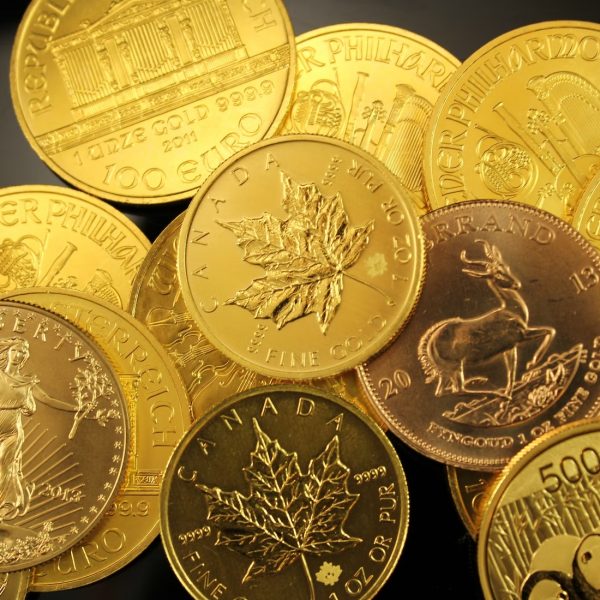
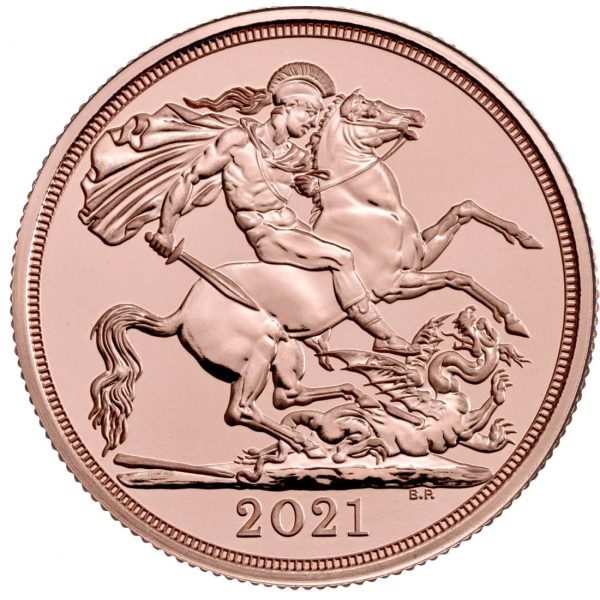
Error coins are among the most fascinating areas of collecting. Produced accidentally during minting, these coins can become highly prized.
Types of Minting Errors:
Because error coins are unintentional and rare, they can command significant premiums – particularly when verified by grading services.
Certain years – known as “key dates” – are especially valuable because production numbers were low.
Coins tied to major events or reigns often hold lasting importance.
Discover the winning UK coins for collectors and investors
Getting started in numismatics doesn’t have to be overwhelming. By following a structured approach, you can build a collection that is both enjoyable and potentially valuable over time.
Decide what excites you most about collecting. Passion and enjoyment should provide the catalyst for your new hobby. Some beginners are drawn to Royal Mint commemoratives, others prefer historic gold Sovereigns, while many enjoy the variety of banknotes or world coins. Focusing your collection helps avoid getting scattered and allows you to develop real expertise in a niche.
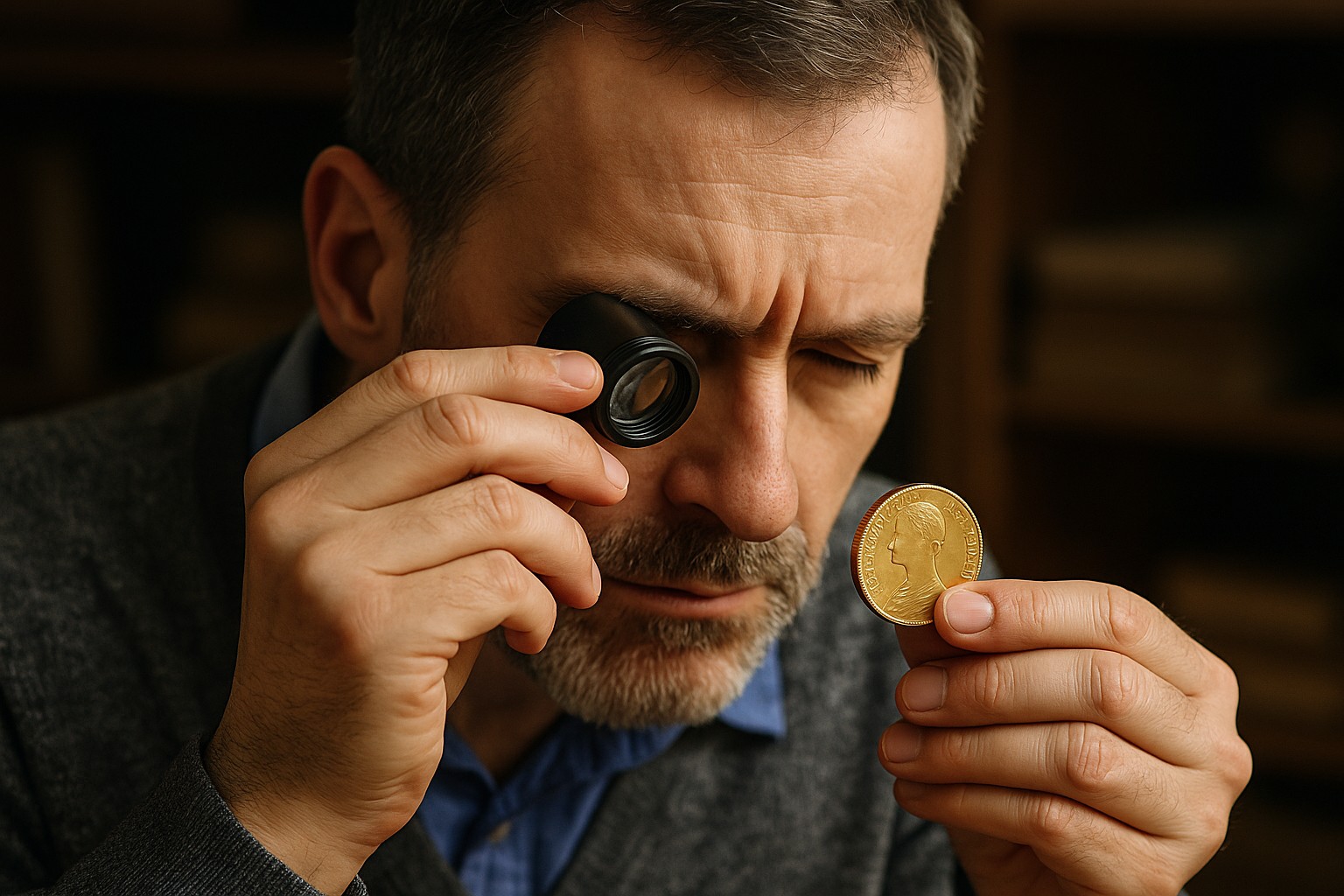
Take time to research and understand essential concepts like:
Establish a realistic budget and stick to it. Entry-level collecting can be done for under £50 with circulated commemoratives, but serious collectors may spend hundreds or thousands on rare pieces. Remember also to budget for storage, grading fees, and insurance.
Work with trusted coin dealers or official mints. Look for sellers who:
Online marketplaces can be tempting but always exercise caution to avoid counterfeits.
Keep a log of every coin you acquire. A simple spreadsheet works well or use specialist software. Record:
This not only organises your collection but helps track value over time.

Good storage protects both appearance and long-term value. Use:
Once a year, assess your collection. Consider:
Annual reviews also keep you motivated and ensure your collection continues to grow in quality and focus.
Our automated portfolio creator will help you choose the ideal selection based on your budget and objectives.
Numismatics is the study and collection of money, including coins, banknotes, tokens, and medals.
It explores the history, design, and cultural significance of currency, from ancient coins to modern commemoratives. Numismatics combines art, economics, and history, making it appealing to collectors, investors, and researchers alike.
No. Coin collecting is the hobby of acquiring coins, while numismatics is the broader study of money, including coins, banknotes, tokens, and financial documents.
Collectors may focus only on building sets, whereas numismatists analyse minting processes, historical context, and social impact. You can be both a coin collector and a numismatist depending on your level of study and engagement.
Coins worth collecting include Royal Mint commemoratives, limited edition issues, proof coins, bullion coins, key dates, and minting errors.
Factors such as rarity, condition, and demand determine long-term value. Collectors often prioritise coins with low mintages, historic importance, or unique features, as these tend to grow in desirability over time.
Coins are graded by condition using systems such as the Sheldon Scale (1–70) or descriptive terms like Fine, Extremely Fine, and Uncirculated.
Grading considers wear, strike quality, lustre, and overall eye appeal. Professional grading services can certify coins, providing assurance for buyers and helping preserve long-term value.
Yes. Proof coins are struck with special polished dies to create a mirror-like finish.
They are typically issued in limited numbers and presented in cases with certificates of authenticity. Because of their superior quality, rarity, and demand among collectors, proof coins usually carry a higher premium than standard circulating issues.
Yes. Minting error coins can be highly valuable, depending on the type of error, its rarity, and the coin’s condition.
Errors such as off-centre strikes, doubled dies, or clipped planchets are especially sought after by collectors. Because they are produced unintentionally and often in very small numbers, demand for genuine error coins usually increases over time.
No. Cleaning coins can damage their surfaces and reduce their value significantly.
Even gentle cleaning can scratch or alter a coin’s patina, which is often a key factor in determining authenticity and grade. Instead, coins should be left in their natural state and handled only with gloves or placed in protective holders to maintain their condition.
Are you ready to start your collection? Speak to our team for guidance on building a balanced coin portfolio, authentication, and safe storage. Call 020 7060 9992 or email us today.
Live Gold Spot Price in Sterling. Gold is one of the densest of all metals. It is a good conductor of heat and electricity. It is also soft and the most malleable and ductile of the elements; an ounce (31.1 grams; gold is weighed in troy ounces) can be beaten out to 187 square feet (about 17 square metres) in extremely thin sheets called gold leaf.
Live Silver Spot Price in Sterling. Silver (Ag), chemical element, a white lustrous metal valued for its decorative beauty and electrical conductivity. Silver is located in Group 11 (Ib) and Period 5 of the periodic table, between copper (Period 4) and gold (Period 6), and its physical and chemical properties are intermediate between those two metals.